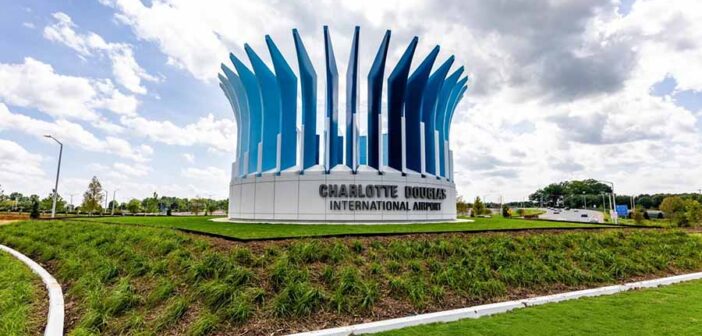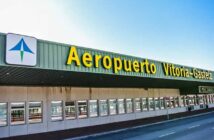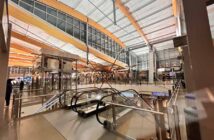Travelers arriving at Charlotte Douglas International Airport find a single main terminal building that connects to five concourses labeled A through E, handling flights to 179 destinations worldwide with American Airlines as the primary carrier. The layout centers on a three-level hub where level one handles baggage claim and links directly to the rental car facility via a tunnel, level two manages check-in and ticketing with access to five security checkpoints, and level three offers a mezzanine space for quieter areas. Passengers move between concourses entirely on foot through wide walkways equipped with moving sidewalks in longer sections like the connector to Concourse A, covering distances that typically take 10 to 20 minutes depending on the starting point. The setup keeps everything within a compact footprint despite serving over 58 million passengers annually, with ongoing expansions adding gates and lobby space set to wrap up by 2026.
Reaching the airport from uptown Charlotte takes about 15 to 20 minutes by car along Wilkinson Boulevard or Billy Graham Parkway, covering eight miles with straightforward highway access from Interstates 77 and 85. Public transit options include the Charlotte Area Transit System’s Route 5 Sprinter bus, which runs every 15 minutes from the city center to the terminal’s ground level at a flat rate of two dollars, or Route 60 to nearby rail stations for broader connections. Rideshares like Uber and Lyft drop off curbside on the departures level, while taxis queue at designated stands outside baggage claim, and shuttles to off-site parking or hotels operate around the clock with clear signage directing to pickup zones. Parking garages attach directly to the terminal via pedestrian bridges, providing hourly, daily, and economy spots that fill up during peak hours but offer reserved booking online.
Once inside, passengers encounter a steady flow through security, where checkpoints open from 3:30 a.m. to 11:45 p.m. and feature dedicated lanes for TSA PreCheck and CLEAR to cut wait times to under 10 minutes on average, though crowds build in the mornings and evenings. Connections prove straightforward given the walkable design, with minimum times as short as 35 minutes for domestic flights and 90 minutes for international arrivals needing customs in the Concourse D area, allowing time to grab a seat or stretch legs without rushing. On-time performance holds steady at around 80 percent for departures, bolstered by three active runways that manage 1,424 daily flights efficiently most days. Still, summer thunderstorms often trigger ground holds or gate changes, and construction in the lobby can slow pedestrian traffic near check-in counters, so checking the airport app for real-time updates helps avoid surprises.
Dining spreads across the terminal and concourses with more than 60 spots ranging from quick-service counters like Starbucks open from 4 a.m. to options such as Flame Flame Burgers or local barbecue at 131 Main for sit-down meals. Retail includes newsstands stocked with books and snacks, duty-free shops in Concourse D for international travelers carrying perfumes and liquors, and specialty stores selling Carolina-themed apparel or electronics near gates. Facilities round out the stay with free Wi-Fi throughout, charging stations at every gate’s seating rows, nursing rooms on levels one and three, pet relief areas airside in each concourse, and a chapel for reflection. Lounges like the Admirals Club in Concourses A and B provide workspaces and showers for eligible flyers, while the USO space on the mezzanine supports military personnel with refreshments. Overall, the airport keeps operations moving reliably, giving passengers reliable tools to handle their journeys without much fuss.




